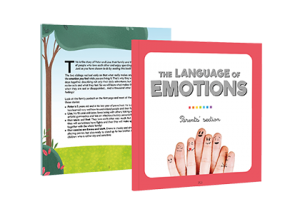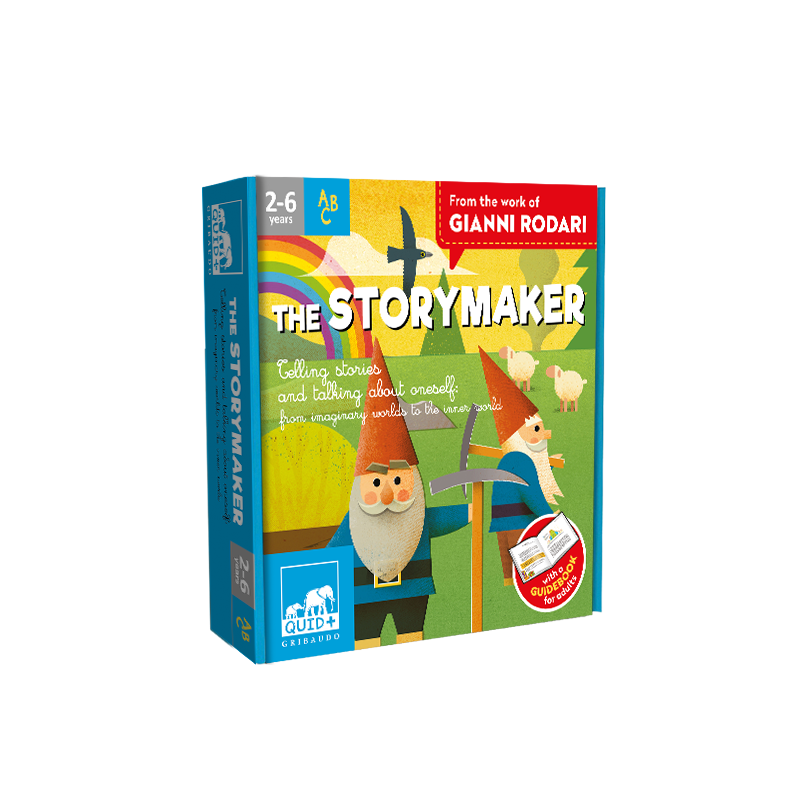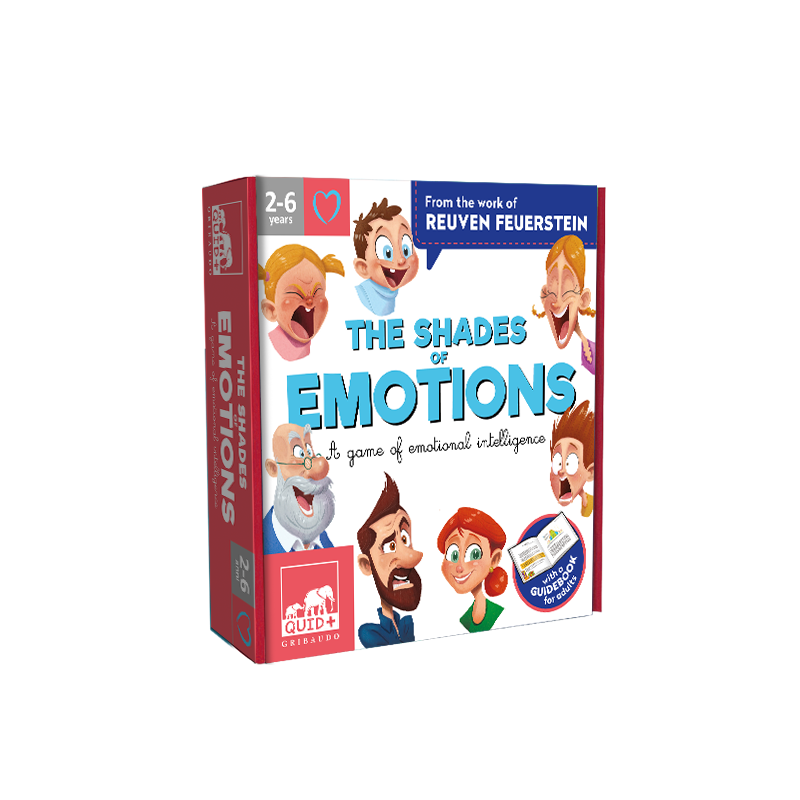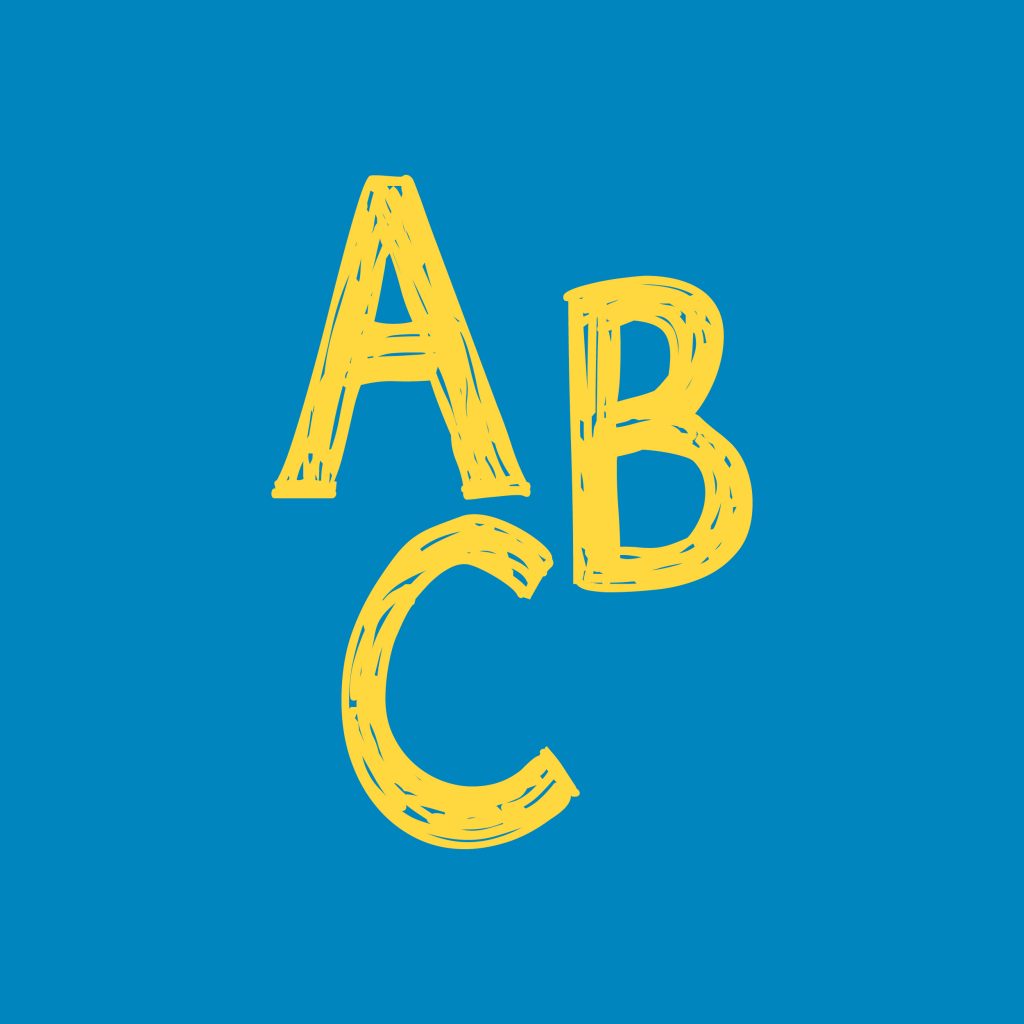This product contains:
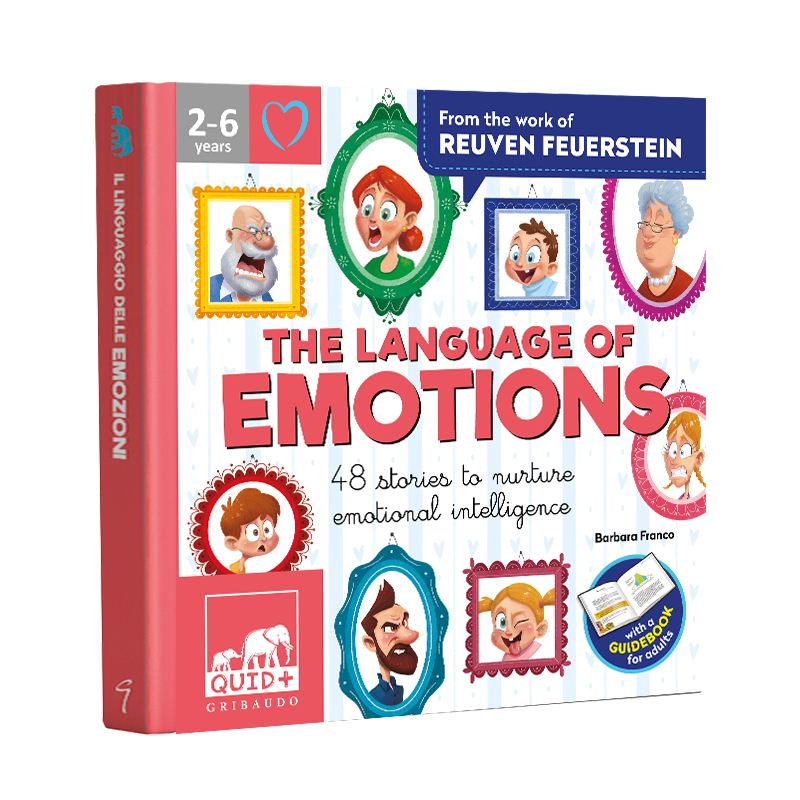
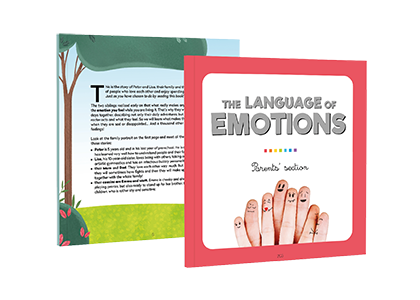
The Language of Emotions
Everything we do stems from an emotion! That is why it is important to cultivate our inner world from an early age, teaching children the meaning of emotions and how to contextualise them in everyday life.
You might ask: how can we teach emotions? The Language of Emotions contains a collection of 48 stories from everyday life, each featuring a shade of the six universal emotions: anger, fear, happiness, disgust, surprise and sadness.
By teaching our child to recognise and name their emotions, we help them to “read reality” more accurately and to react in a more balanced and positive way. We will also teach them to respond appropriately to the emotions expressed by their communication partner. Being aware of emotions helps children to develop a healthy mental, relational and behavioural balance.
Foreign Rights
For information and materials, please write to us

The Language of Emotions
Foreign Rights
For information and materials, please write to us
Everything we do stems from an emotion! That is why it is important to cultivate our inner world from an early age, teaching children the meaning of emotions and how to contextualise them in everyday life.
You might ask: how can we teach emotions? The Language of Emotions contains a collection of 48 stories from everyday life, each featuring a shade of the six universal emotions: anger, fear, happiness, disgust, surprise and sadness.
By teaching our child to recognise and name their emotions, we help them to “read reality” more accurately and to react in a more balanced and positive way. We will also teach them to respond appropriately to the emotions expressed by their communication partner. Being aware of emotions helps children to develop a healthy mental, relational and behavioural balance.
